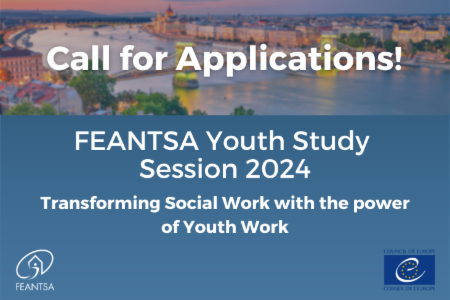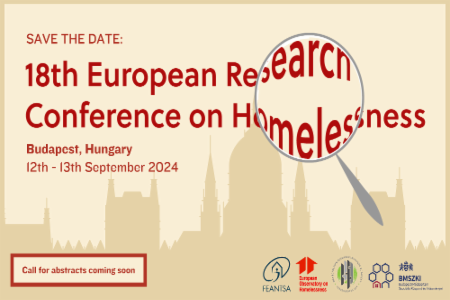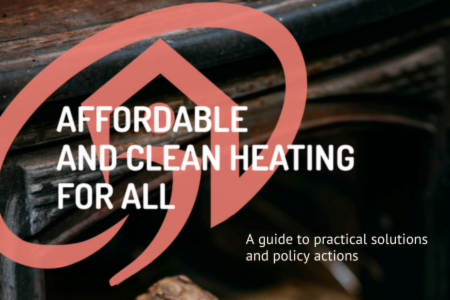REPORT
Energy Poverty and Unfit Housing in Poland
An investment strategy to renovate the worst-performing segment of the housing stock
Download the report here (PDF)
Download the executive summary (PDF)
Poland has access to substantial financial resources for addressing energy poverty and inadequate housing conditions, amounting to 65 billion EUR. However, the core challenge lies in allocating and efficiently utilising these funds to reach and uplift the most vulnerable households. Therefore, this report is a call to action for meticulous planning, transparent decision-making, and strategic execution to ensure that these funds contribute meaningfully to the well-being and improved living conditions of those who need it most.
The housing landscape in Poland is marked by nearly 15 million housing units, with approximately 40% being single-family homes. Over 80% of the Polish population resides in owner-occupied dwellings, highlighting individual homeowners’ pivotal role in decisions related to energy consumption and efficiency improvements. Encouraging sustainable practices among homeowners, such as investing in renewable energy sources and enhancing insulation, is crucial for advancing the decarbonisation process in the country.
The energy efficiency of the housing stock in Poland is closely tied to the age of the buildings, with nearly 40% constructed before 1970. These older buildings often lack insulation, utilise outdated heating systems, and have inefficient windows, resulting in significant energy losses. It also contributes to energy poverty, where vulnerable households struggle to afford adequate heating and cooling. Approximately 11% of the population, equivalent to 1.5 million households, is affected by energy poverty. The causes of energy poverty in Poland are primarily attributed to low income, high energy costs, and the poor technical condition of buildings.
Poland has access to substantial EU funding programs that support energy efficiency improvements in buildings and the country allocate them to programmes like the ‘Thermo-modernisation and Renovation Fund’ and the ‘Clean Air Programme.’ The ‘Clean Air Programme,’ initiated in 2018, commands a substantial budget and focuses on improving residential buildings’ air quality and energy efficiency. Recent refinements have made it more accessible to low-income households as it is the only support scheme in Poland offering pre-financing to low-income people. The accessibility of other programmes to low-income households raises concerns about equitable distribution and efficient resource allocation.
Poland’s Long-Term Renovation Strategy outlines ambitious goals for improving energy efficiency, with significant investment required by 2050. A key challenge lies in efficiently allocating funds and involving private capital to achieve these goals, especially in targeting the worst-performing building stock inhabited by those in energy poverty. The allocation of the substantial 65 billion EUR should primarily focus on constructing new, energy-efficient social housing and renovating existing housing stock. Particular emphasis should be placed on addressing the most poorly performing buildings and targeting low-income and energy-poor households. Establishing a transparent system for allocating funds, considering both social and environmental benefits, is essential for effective decision-making.
The initial phase of the renovation efforts should prioritise approximately 900,000 of the worst-performing housing units, offering grants that do not require repayment to these households. While grants should be the primary financial assistance, some low-interest loans could complement the funding. Setting annual renovation goals, such as renovating 150,000 dwellings per year, should be a practical yet challenging target, focusing on the poorest-performing buildings and the involvement of low-income households.





